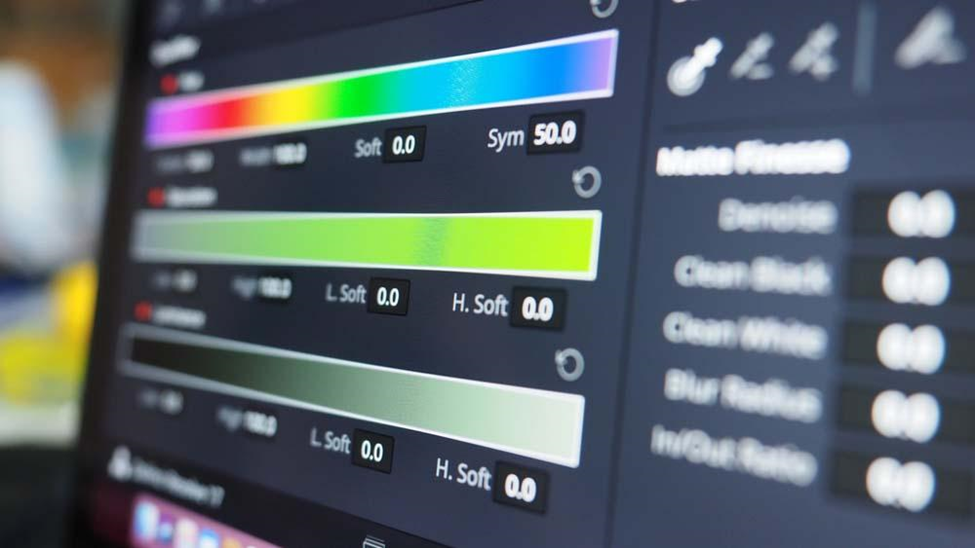How to Come Up with the Best Name for Your Brand's App

A lot needs to be taken into account when developing an app, from the code to the design. Even more exhausting is the process of making your app public. In contrast to the development phase, the introduction phase is a one-time event that cannot be changed; changes are feasible but would take time. Due to this, you must ensure that your app is properly introduced, which is often done through the app's name, logo, and description. This post will discuss the significance of each of these elements and offer suggestions to assist you in coming up with the ideal titles, descriptions, and logo concepts for your app.
Name of the application
First, the app's name. The user will first come into contact with and notice the name of the program. Choosing an app name is as important to app developers as the development process itself. The name you select can have an impact on how consumers perceive your app and business website, either positively or negatively. That is all up to you. Here are some ideas to help you choose the best name for your app from a pool of possibilities.
Conduct research
It's critical to do some research before agreeing on a name for your app. checking into competing apps as well as the market's overall supply. In-depth research will benefit you because broadening your knowledge will open new opportunities and spark fresh ideas. It's also a good idea to make sure your name is unique and not being used by any other programs to avoid confusion.
Also Read: Proven SEO Tips to Boost Your Newly Launched SaaS Website
Keep it short and simple to remember.
Names should be as plain and brief as possible. Long and intricate names might be difficult to remember and pronounce. When developing an app for your company or brand, it's critical to get to the point quickly and clearly.
Consider the intended function of your software and design something truly distinctive.
The most crucial aspect when naming your apps is creativity. Numerous businesses and applications, as well as their identities, got lost in the shuffle since they didn't stand out. The name you choose for your app should stand out while still appearing authentic. Cliches and jargon should be avoided.
This ensures that no other names are confused with yours and that it is easy to distinguish.
Creating an app logo is another wonderful and highly effective way to distinguish your firm. Here are some pointers to help you create the perfect app logo for your business.
Be straightforward and minimal.
Less is frequently more when it comes to logos. Your brand is visually represented through your logo. So, it's critical to maintain your logo's simplicity, minimalism, and memorability. A logo that has too many features may appear cluttered and amateurish. Using a logo maker, concentrate on designing a logo that succinctly and intelligently communicates the usefulness and goal of your app.
Choose the Correct Colors

Each logo design should consider the color scheme. Colors grab notice initially. Hence, create an engaging color palette that conveys your message. Avoid bright colors and make sure your color scheme matches and represents your company's values. To distinguish your brand, use contrasting colors.
Choose the Proper Font
Logo typeface is vital. Choose a typeface based on your message. Make the typography legible. Discover your brand's typography and style. Make sure the font size is right—too small won't be readable, too large will be distracting. After considering these criteria, choose a typeface that accurately reflects your brand's message. Check the typeface's legibility and crowding.
Application Description
You sell and persuade the user using your app description. Even while description has a lot to offer and can have a substantial impact on user acquisition, many people ignore it and think it is less significant than logos and names. Here's how to properly construct the description for your app.
Point out the advantages
When creating the description of your app, concentrate on the advantages it offers. rather than detailing and showcasing your app's features. Rather, describe how those features can benefit users. and simplify their regular activities. Don't forget to explain why your app is superior to the competitors' and how it differs from them.
Investigate Your Audience
Before writing your description, research your audience. Knowing your audience helps you choose language and tone for the description. Write an appealing description. Start by researching your app's users' age, gender, and hobbies. Before writing, research each component's writing style.
Use keywords
Employ keywords to get noticed. Keywords in app descriptions can boost search results. Your description should incorporate the most popular keywords for your programme and niche. This will help customers find your software.
Now you know the most important app aspects other than development. You may confidently start branding your app and choose the best name, logo, and description to help it rise in the rankings. Uneasy? Create a nandbox app to illustrate its efficacy.